Coin collecting was once an easy hobby for kids to get into, because someone was always pulling nickels out of our ears, or giving us a shiny dime to call home from a payphone if we got lost. I’d get pocket change back from the corner store or the ice cream truck, and sometimes I’d find a coin that didn’t look like the others.
A nickel with a buffalo on it. A penny with ears of wheat on the back. A silver quarter that sang when it jingled in my pocket. I began collecting “wheatbacks,” and even earlier Indian head pennies, Mercury dimes, buffalo nickels, and silver coins of all stripes, my favorite of those being the Benjamin Franklin half dollars; there was something about Franklin’s bald pate and flowing founder-mullet that appealed to me. I could tell from a glance if a Lincoln cent was old red copper; I could identify the well-worn metal by feel, and the clank of a cherished wartime steel penny by sound. Soon I had cardboard binders full of coins, and learned that not only were they separated by year, but my mint mark: D for Denver, S for San Francisco, O for New Orleans, CC for Carson City on the trendy Morgan silver dollars, though I preferred the Peace dollar with its sashaying Liberty—and blank for Philadelphia, as it was the big one, the first. The default.
I grew up 90 minutes away, and never thought to visit. As an adult, I’ll forgive myself. By age thirteen, I’d built a nice coin collection; a 1931 S Lincoln cent, near-uncirculated, and a 1941 S Mercury dime that was uncirculated and near perfect. Some of my collection was stolen by movers, and I lost the taste for collecting after that. But I never lost interest. I always keep the rare silver quarter that shows up in change; I’ve fallen in love with banknote engraving, and I have a few silver certificates lying around. Part of me wants to collect the large format bank notes for their art, but even the tattered examples are rare and expensive.
Instead of indulging in a collecting frenzy, I dragged my niece and her man to the US Mint, because it’s conveniently placed between the Liberty Bell, Ben Franklin’s grave, and a pub that serves a good cheese steak. We started with a guided tour of Independence Hall and the surrounding buildings, where the seat of US government began. You can sit where the original House of Representatives and Senate did their business:
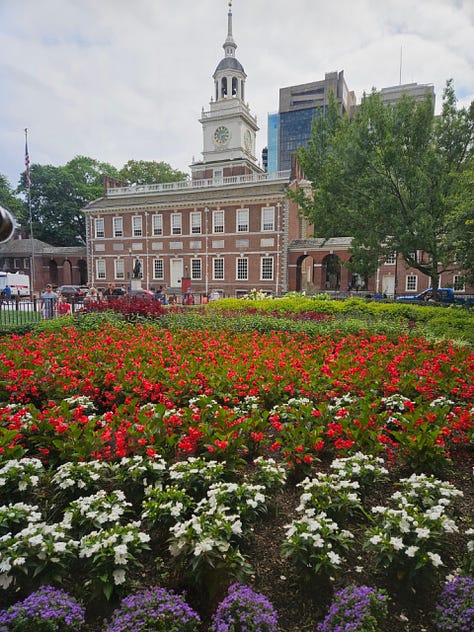
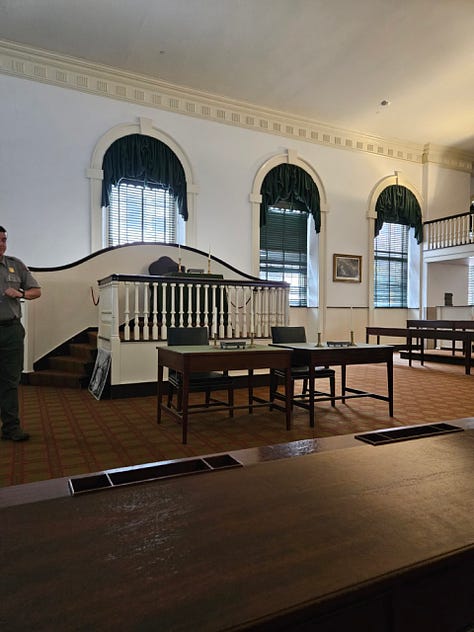

After this we waited in line to see a broken bell. Which is depicted on the reverse side of the Ben Franklin half dollars, which were in circulation until 1963, when they were replaced with the JFK half. Washington didn’t want monuments, and he didn’t want to be on currency like a monarch. We didn’t have people on our coins until 1909, when Abraham Lincoln appeared on the cent. Before that, we had artful depictions of an anthropomorphic “Liberty,” who at one point, was a lady with one titty out:
This coin so offended the censor Anthony Comstock that he had it removed from circulation. He’s a real historical turd, and if you want to learn more about him, I’ll recommend the plagiarist podcast The Dollop, who have a hilarious episode on him. His legacy is hardly funny, and still stains American life today.
After you visit the Big Ding Dong, which involves waiting for families to take a dozen photos in front of the thing, you will need a beer. I recommend hoofing it to National Mechanics, a few blocks away, for a cold brew and a short rib cheese steak that kicks the wit outta Pat or Geno’s and their long lines. People have been killed over parking spaces near those overrated tourist traps, so go anywhere else; Carmen’s in Reading Terminal Market is a good one, too. But National Mechanics has a nice menu that includes a solid cheese steak:
It’s a nice old building and feels historic, even if it’s not. The only tavern standing that dates to colonial days is the Man Full of Troubles, which will re-open to the public later this year. I will be there once the crowds settle. It’s a short train ride. Around the block is Ben Franklin’s grave, but the US Mint closes promptly at 4:30PM, so we hustled up the escalators to watch the production floor. No photos are allowed inside that area, but for a coin collector, it was lovely! You can see the powerful presses that imprint engravings plated zinc and copper blanks, and follow them along the production process from rolls of metal to washed, shiny coins. The gift shop is very nice, but closes with the rest of the building, so we got shuffled out before I could start a new coin collection! I was eyeballing an American Liberty silver proof:
It wasn’t cheap, so I’m glad the guards told me to skedaddle. But look at how beautiful the contrast is between the mirror polish of the coin’s background and the silvery frost of her face! Unlike circulated coins which exude history in their softened surfaces, milled down by fingers and jangling amongst their fellows, a proof coin is never meant to be spent or even touched. One of the few pieces I’ve bought over the years since I quit collecting was a silver Ike dollar proof, celebrating the moon landing, because both the moon and Ike’s noodle are frosted silver and look rather nice. It was ten bucks at a flea market, in a protective case. I’ve thought about cracking it open just to feel a proof coin, and then polishing it clean, but I haven’t… yet.
I wasted a perfectly good quarter by tossing it on Ben Franklin’s grave, which is a thing. Rather than pay five bucks to see a garden and a house where he lived a few years, you can peep his final resting place through the iron bars surrounding the graveyard, and flick a penny—or if you’re flush, perhaps a silver Ben Franklin half dollar—onto his stone. I went cheap. I like old Ben; he may not have “invented” electricity, but maybe he invented the Jersey Devil, if you believe one of the foremost scholars on our creature.
One last thing on coins: the local VFW had a coin show every Sunday, where I worked for a coin dealer named… John “Gadzooks” Chundak. I fictionalized that part of my childhood in my story, “The Green Manalishi (with the Two-Pronged Crown)” which you can read here:




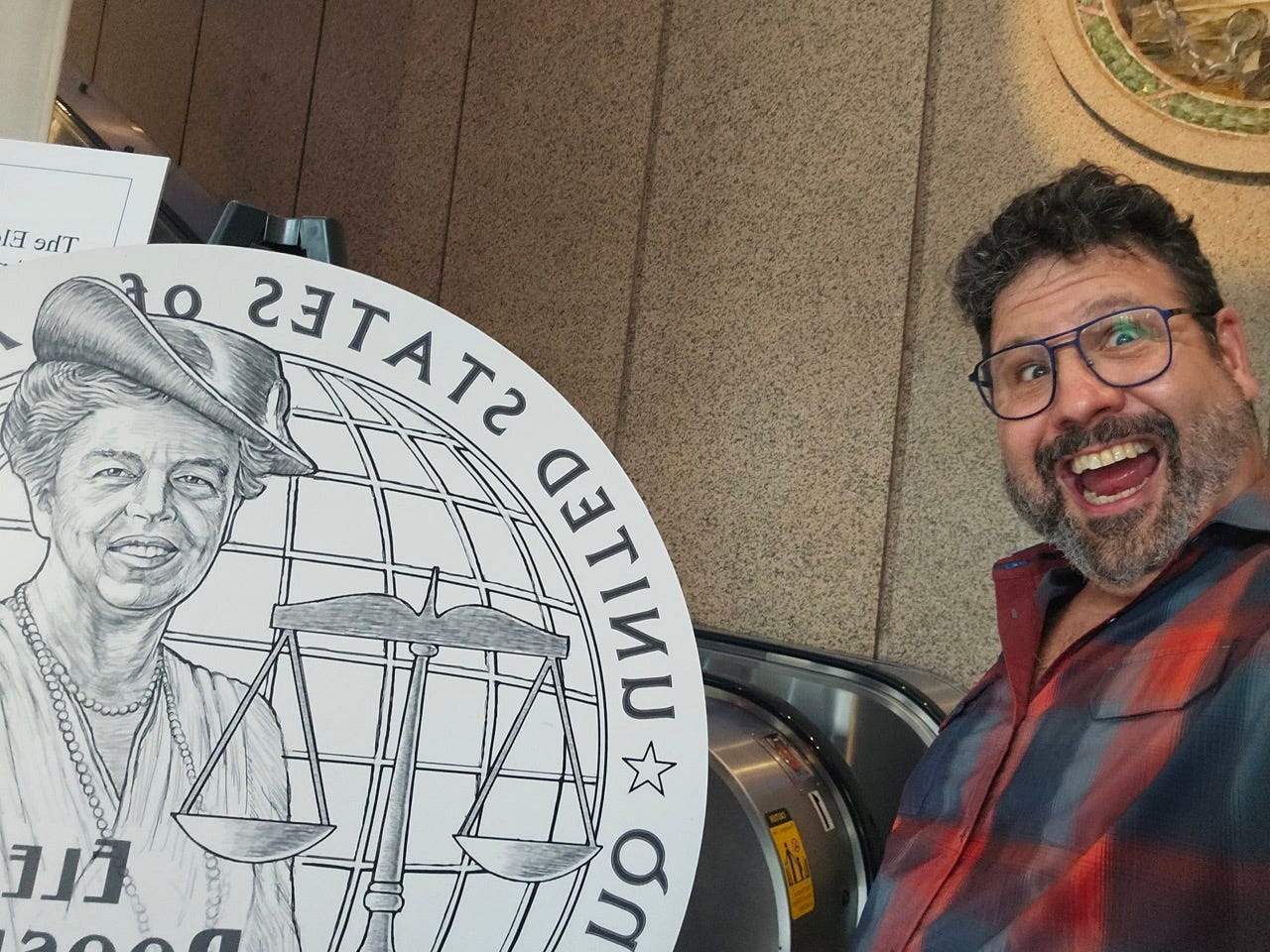
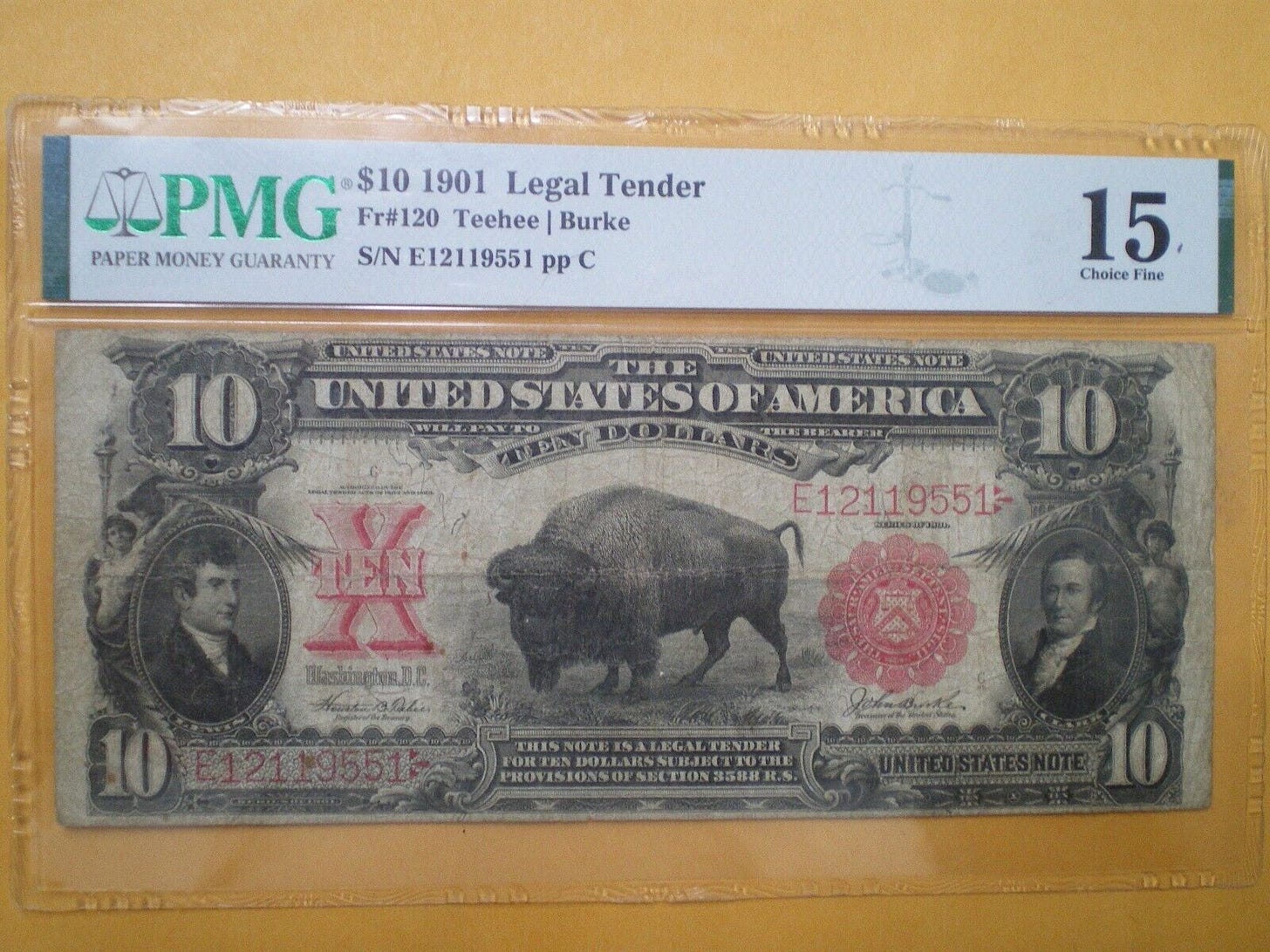
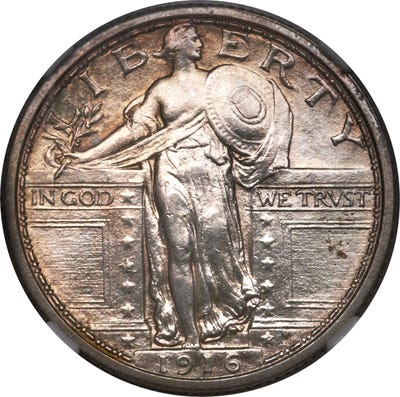
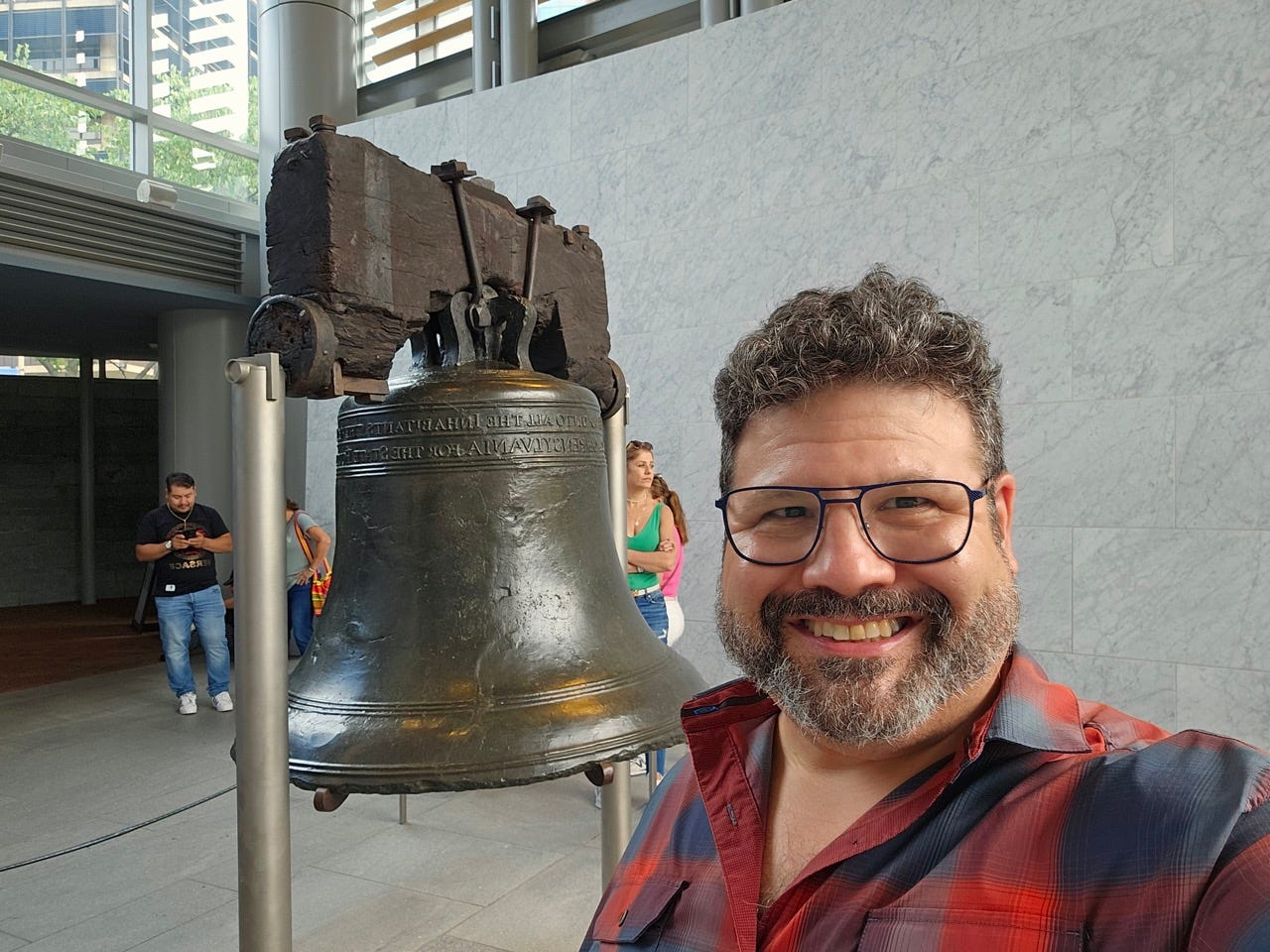
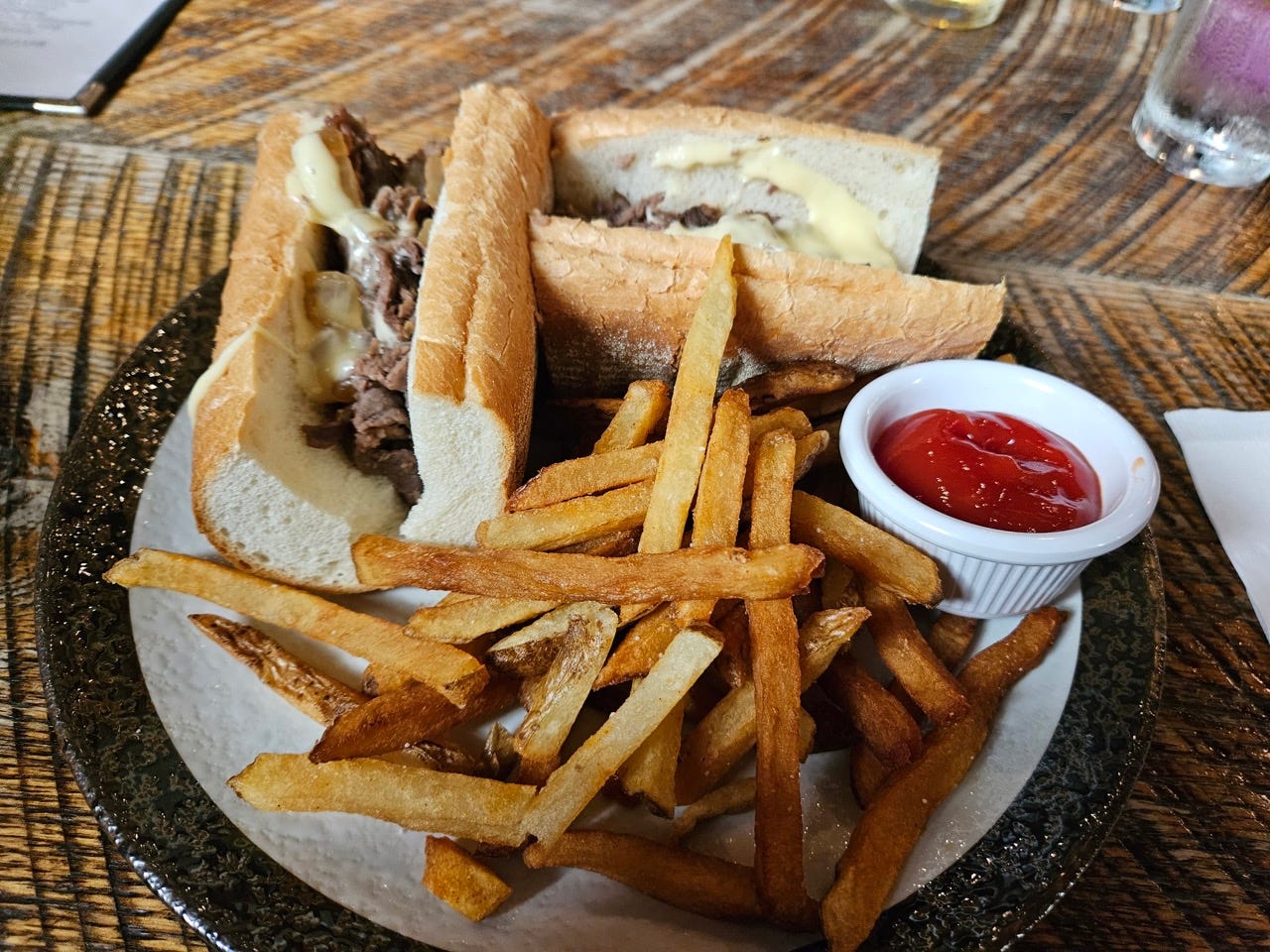
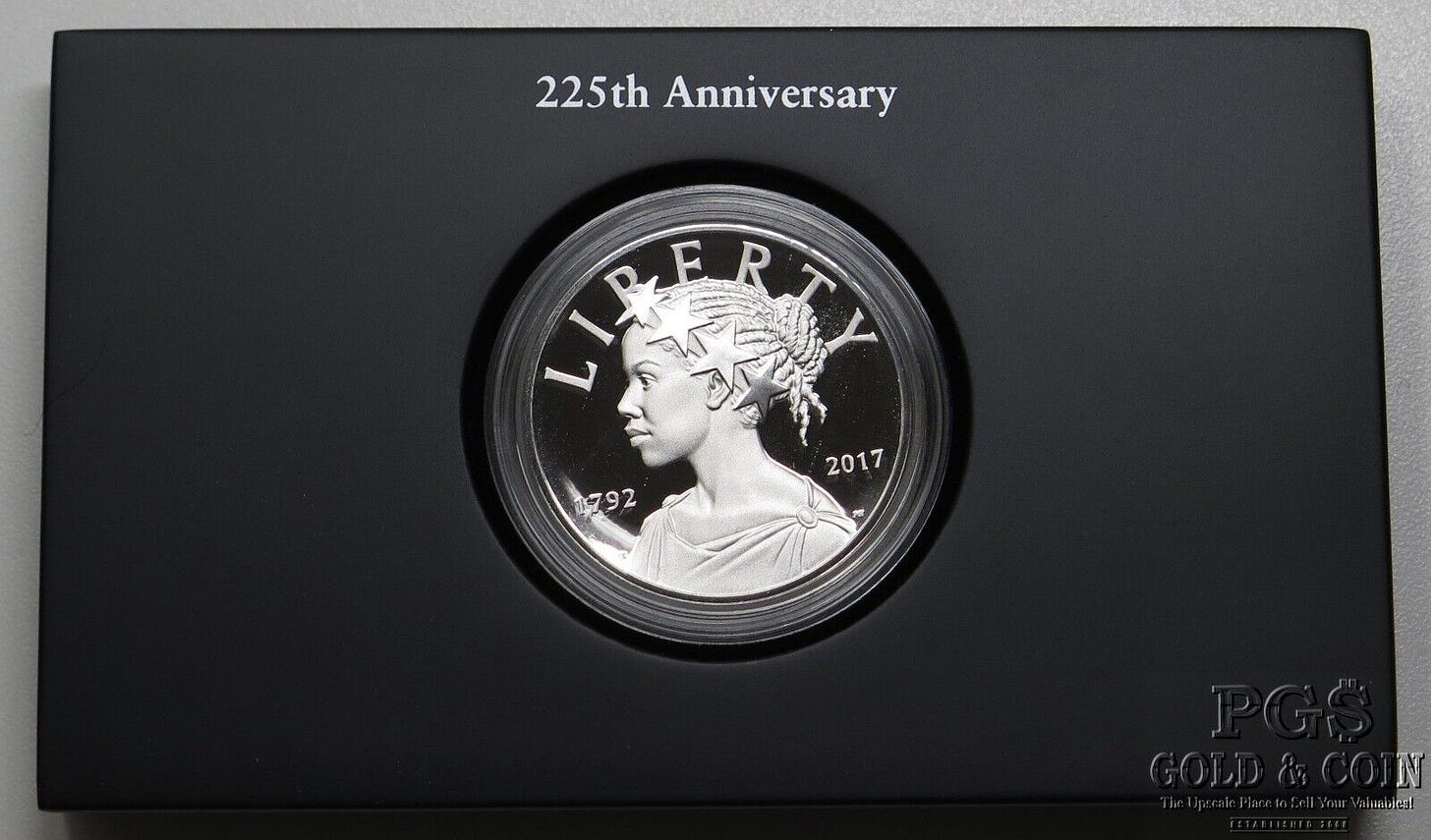
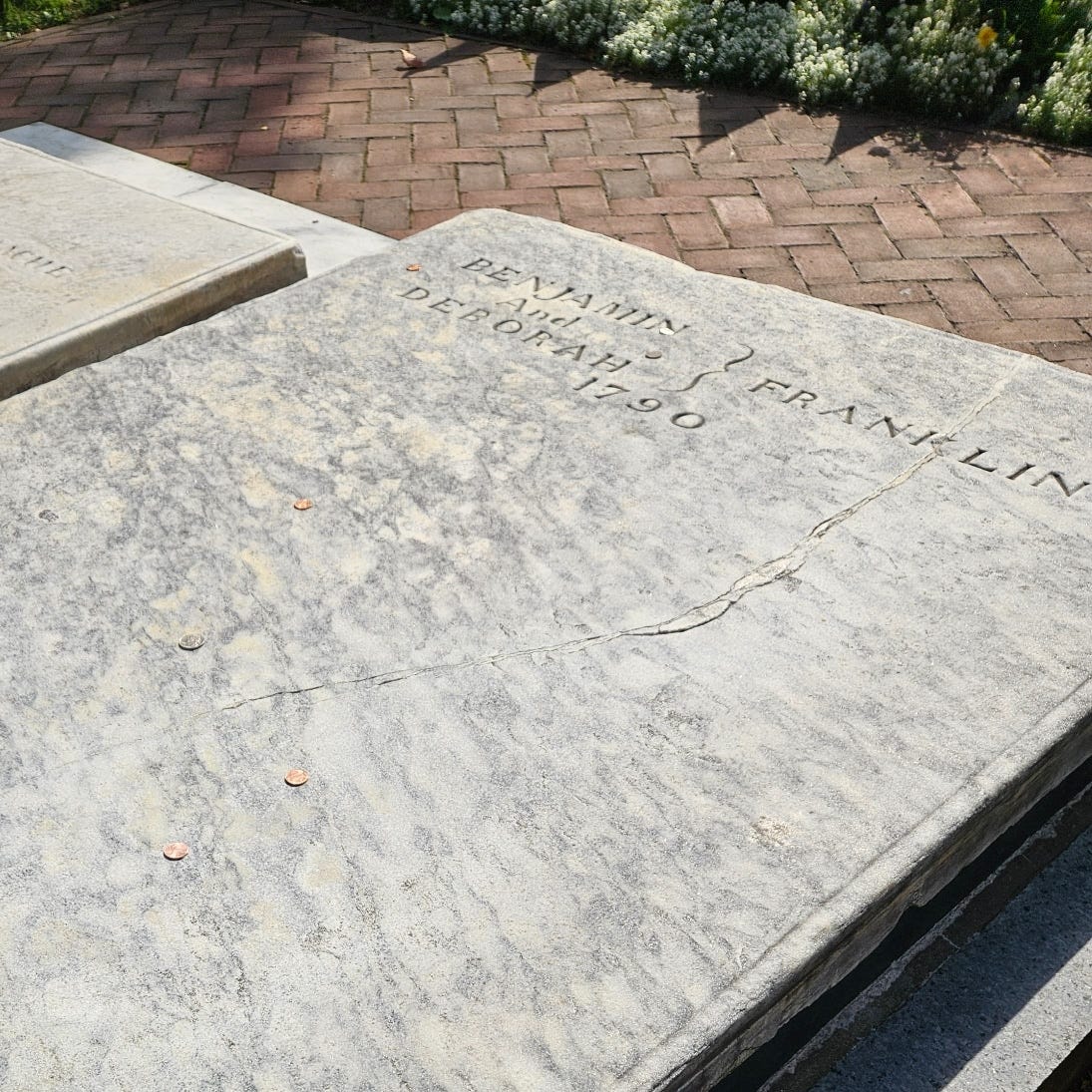
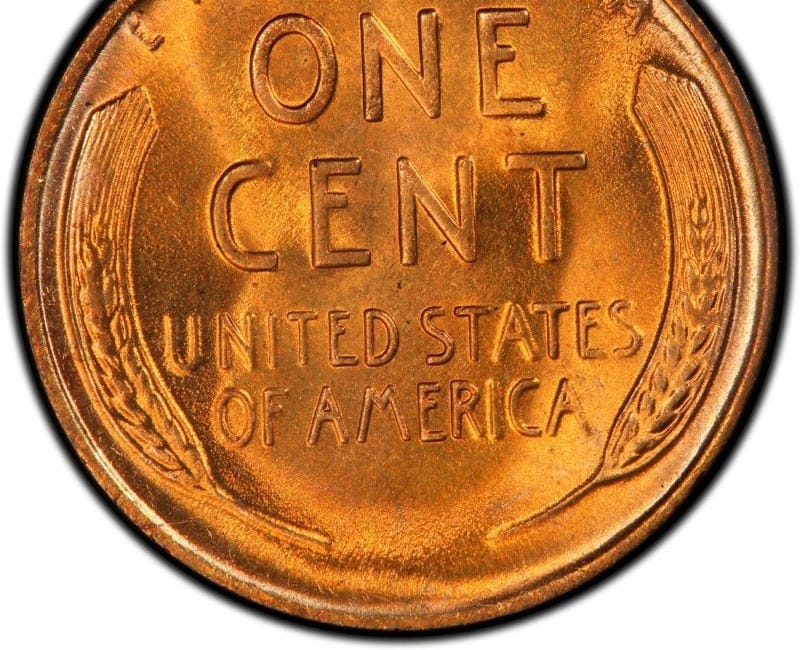
I’ve only been to Philly a couple times but I’ve really enjoyed it. It’s a city I’d like to spend a week or more in just because. Last time, years ago, Duane Swierczynski directed me to McGillin’s Old Alehouse and I loved it.
This is where your cracked bell was made: https://en.wikipedia.org/wiki/Whitechapel_Bell_Foundry